Basic Electronic Components Used in Circuits
June 23, 2023
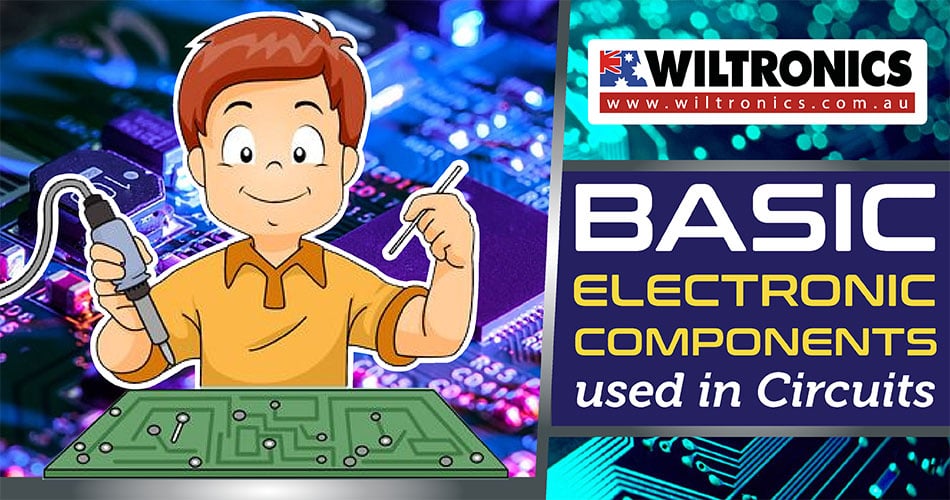
Unlock the world of electricity without overwhelming yourself!
Becoming an expert in the field may require time and practice. Lucky for you, we are here to help you begin your journey without mastering every aspect. By focusing on the basics, you can reap significant benefits and gain a solid foundation.
A great starting point is understanding the fundamental electronic components. These components serve distinct functions and work together to form electrical systems. Without them, circuit designs would fail to operate efficiently, and these include:
- Capacitors
- Diodes
- Inductors
- Integrated circuits
- Resistors
- Transistors
In this post, we aim to provide an overview of each component’s purpose and functionality.
The Basic Electronic Components
These building blocks form the backbone of any electronic system. They can be classified into three main categories based on their applications:
- Active: These components have the ability to control the flow of electrical current. They include transistors, integrated circuits, and other devices that amplify signals. They enable functionalities in electronic systems.
- Passive: Passive components do not control current flow but respond to it. Resistors, capacitors, and inductors are prime examples. They store energy, impede or facilitate current flow, and control voltage levels.
- Electromechanical: Combines electrical and mechanical elements. Electromechanical components convert electrical energy into mechanical motion or vice versa. Relays, switches, motors, and transformers fall under this category. They enable various electronic devices to interact with the physical world.
But there are other key elements to consider when designing circuits. Two vital considerations include power sources and measurement instruments.
Power sources provide the necessary energy for circuits to function. They encompass signal generators and DC power supplies. As for the measurement, several instruments come into play, including:
- Ammeter: A device used to measure electrical current flow in a circuit. It provides valuable insights into the amount of current passing through specific points. This aids in circuit analysis and troubleshooting.
- Cathode Ray Oscilloscope (CRO): Enables visual representation of electrical signals. It works by displaying voltage waveform over time. It allows for precise analysis of signal characteristics, e.g., frequency and amplitude.
- Multimeters: Multimeters combine various measurement functions into a single device. They can measure voltage, current, resistance, and other electrical parameters. They are invaluable for troubleshooting and circuit testing.
Now let’s explore each of the basic electronic components below:
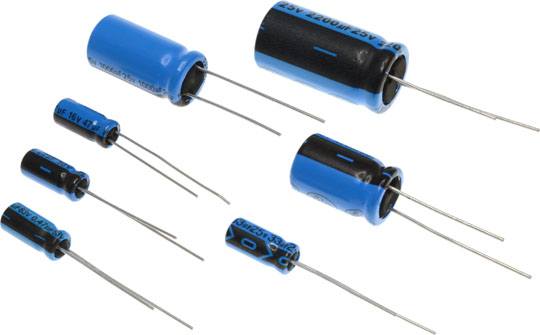
Capacitors are passive electronic components that store and release electrical energy. They consist of two conductive plates separated by an insulating material, a.k.a. dielectric.
Capacitors can store electrical charge and then release it rapidly when needed. This makes them useful for various applications, such as:
- energy storage
- filtering
- timing circuits
![]()
Diodes allow current flow in one direction while blocking it in the opposite direction. They consist of semiconductor materials with two terminals: the anode and the cathode. The anode is the positive terminal, and the cathode is the negative terminal.
Diodes exhibit a non-linear relationship between current and voltage. This makes them useful in rectification and for signalling demodulation circuits.
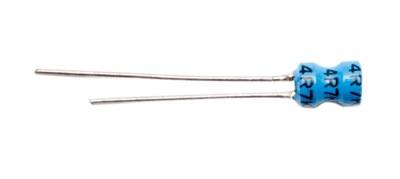
Inductors, also known as chokes, are passive electrical components. They store energy in a magnetic field when current flows through them. They consist of a coil of wire wound around a core material, typically ferromagnetic.
The key property of inductors is their ability to oppose changes in current flow. This leads to characteristics such as energy storage, filtering, and impedance matching.
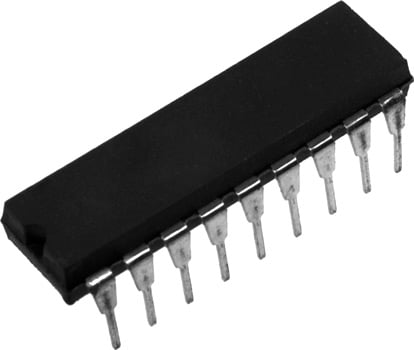
ICs are miniaturised electronic circuits consisting of numerous interconnected electronic components, such as:
- transistors
- resistors
- capacitors
These are fabricated on a semiconductor material, usually silicon. They are widely used in modern electronics due to their compact size, low power consumption, and high reliability.
Integrated circuits can perform a wide range of functions. These include amplification, signal processing, memory storage, and microcontroller operations.
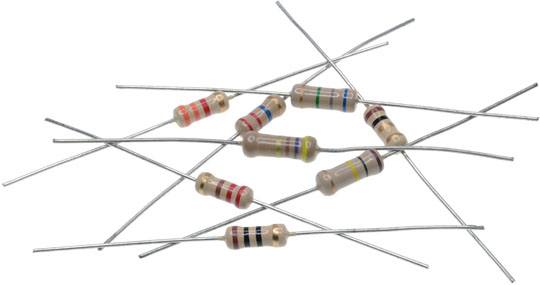
Resistors are designed to introduce resistance to the flow of electric current. They are typically made of highly resistant materials, such as carbon or metal film.
Resistors are fundamental components in electrical circuits. They provide control over current flow, voltage division, and signal attenuation. They are characterised by their resistance value, which determines the degree of opposition to the current flow.
![]()
Transistors amplify or switch electronic signals and control the current flow in a circuit. They are composed of three layers of semiconductor material and have three terminals:
- the emitter
- the base
- the collector
Transistors are essential components in modern electronics and are used in various applications. These include amplifiers, oscillators, digital logic gates, and power control circuits. Their ability to amplify and control current flow makes them vital for the operation of electronic devices.
The Importance
Understanding the basic electronic components is of paramount importance for several reasons:
Circuit design
Knowledge of basic electronic components allows engineers to create and build circuits. Be it designing a power supply, audio amplifier, or microcontroller circuit. Understanding the components enables efficient and effective circuit design overall.
Troubleshooting and repair
When electronic devices malfunction, having knowledge of basic components makes a difference. For one, identifying and diagnosing faulty parts. It enables technicians to trace the current flow, identify damaged components and replace them as needed.
Innovation and invention
Understanding basic electronic components empowers individuals to develop new ideas and inventions. Grasping the properties and functions of such components can:
- create novel electronic systems
- advance technology
- bring new products to market
Maintenance and upgrades
Basic electronic component knowledge is valuable for the maintenance and upgrading of electronics. For instance, replacing a faulty resistor or upgrading a circuit with advanced ICs. Understanding the components involved facilitates efficient maintenance and upgrades.
The Bottom Line
A solid understanding of basic electronic components and their functions is essential. This is especially true if you are venturing into the world of circuits and electronics. Learning about these components enables you to:
- design circuits
- troubleshoot issues
- innovate
- maintain and upgrade systems
Overall, it empowers you to explore, create, and advance technology.
This article was originally published in July 2021 and has been updated.
© Electrotech Brands Pty Ltd 2023


Write a Comment
You must be logged in to post a comment.